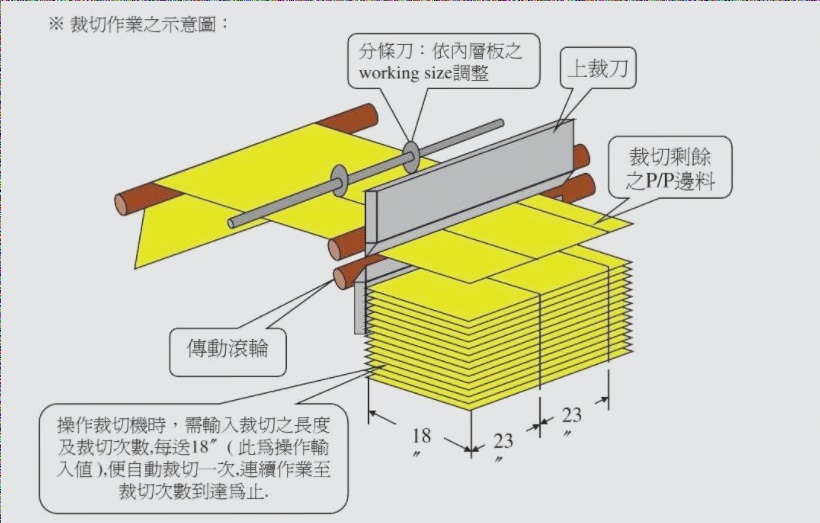Soldering Process in PCB Assembly
The surface mount technology (SMT) assembly process is crucial for soldering in PCB assembly. It involves various steps such as capital investment, PCB design, component solderability, assembly operations, flux selection, temperature/time control, solder, and crystal structure.
1. Solder Composition
In wave soldering, the most commonly used solder is the eutectic tin-lead alloy with 63% tin and 37% lead. Maintaining the solder temperature in the solder pot at around 230-240°C is essential for quality solder joints. Innovative flux technology helps in controlling the solder temperature uniformly in the solder pot, reducing thermal shock to components, and minimizing dross formation.
2. Solder Purity and Maintenance
Over time, the composition of the solder in the pot changes, leading to dross formation. It is crucial to remove residues and impurities to prevent tin loss and ensure solder flowability. Monitoring solder purity according to standards like IPC/J-STD-006 and ANSI/J-STD-001B is necessary to avoid soldering problems caused by low tin content or dross buildup.
3. Dross Management
Managing dross in the solder pot is essential to maintain solder quality. Skimming dross, adding pure tin to depleted solder, and monitoring the solder composition are common practices. Controlling turbulence and wave flow in the pot can help reduce dross formation and ensure stable solder joints.
By following proper solder composition, purity, and maintenance practices, the soldering process in PCB assembly can be optimized for high-quality and reliable solder joints.



